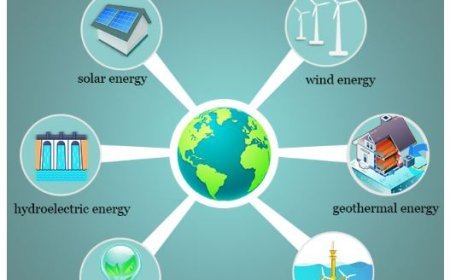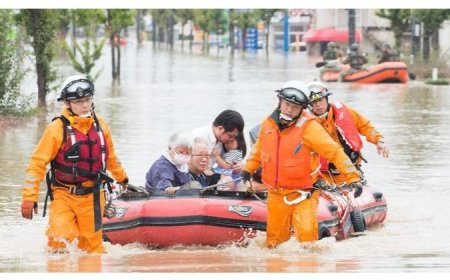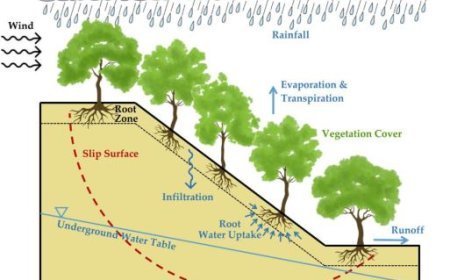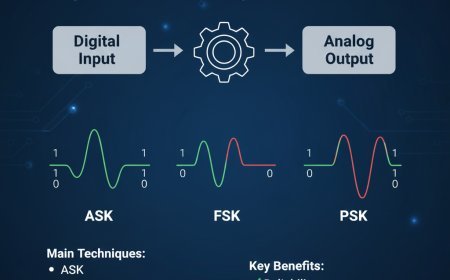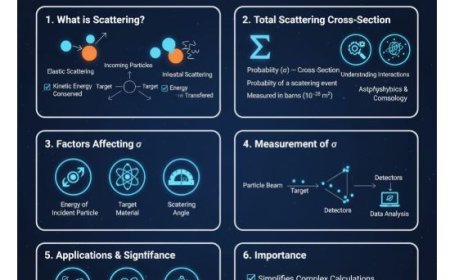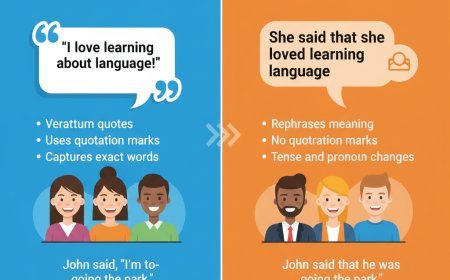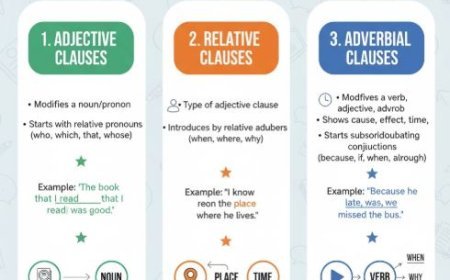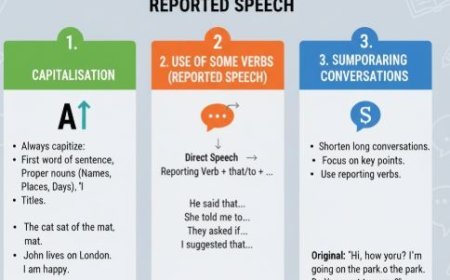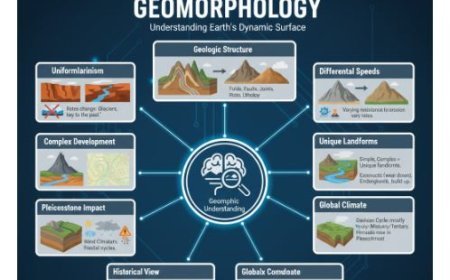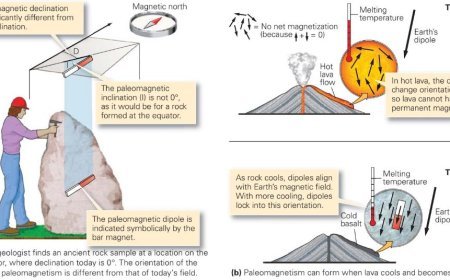PALEOCEANOGRAPHY
Paleooceanography: Decoding the ocean's past - chemistry, currents, creatures, all revealing Earth's climatic history.
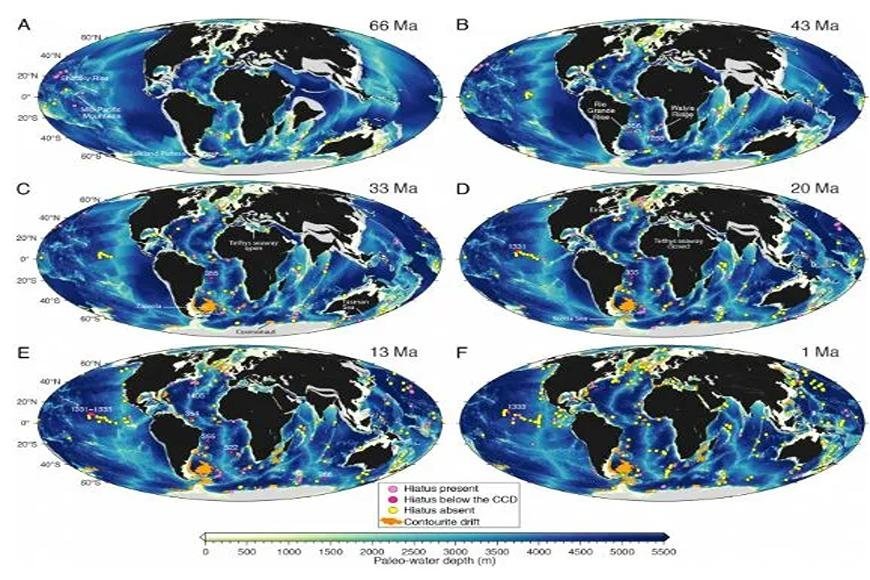
Paleoceanography
- Paleoceanography is the study of the ocean's geologic past in terms of chemistry, circulation, geology, biology, sedimentation patterns, and so on.
- Paleoceanographic studies, which combine environment models and diverse proxies to reconstruct historical climates at different time intervals, enable scientists to investigate the role of marine processes on global climate.
- The disciplines of paleoclimatology and paleoceanography are deeply interrelated.
Sources and methods of information
- Paleoceanography uses proxy methods to infer information about the past state and evolution of the world's seas.
- Geochemical proxy approaches include long-chain organic molecules (e.g., alkenones), stable and radioactive isotopes, and trace metals.
- Sediment cores can also be useful; paleoceanography is closely connected to sedimentology and palaeontology.
Sea Surface Temperature
- The magnesium-to-calcium (Mg/Ca) ratio can be found in long-chain organic compounds like alkenone, plankton shell secretions, tropical corals at the surface of the water, and mollusk shells. This can be used to get SST records from marine sediment cores.
Bottom Water Temperature
- The most often used proxy for inferring deep-sea temperature history is Mg/Ca ratios in benthic foraminifera and ostracodes.
- Temperatures derived from Mg/Ca ratios show that the deep ocean cooled by up to 3°C during late Pleistocene glacial events.
- The work of Lear et al. [2002] to calibrate bottom water temperature to Mg/Ca ratios in 9 distinct locations encompassing a range of depths from up to six different benthic foraminifera is notable (depending on location).
Sediment Record
- Sediment records can tell us a lot about the past and help us forecast what will happen in the future.
- Paleoceanography is not a new science, with research extending back to the 1930s and before.
- Methods for scanning sediment cores have enhanced current time-scale reconstructive research. These techniques have made it possible to do research similar to that done with Antarctic ice core data.
- Paleoproductivity techniques, such as total diatom abundance assessment, can be used to estimate the relative abundance of species present at a particular epoch from these records.
- Deschamps et al. demonstrated how sediment records from the Chukchi-Alaska and Canadian Beaufort Margins can reveal earlier weather patterns and ocean circulation.
Salinity
- It is more difficult to deduce salinity from paleontological records.
- The amount of deuterium in core records can tell us more about the salinity of the sea floor than oxygen isotopes.
- Oxygen isotopes can only give us a rough idea of the salinity level because many diatoms are only found in certain salinity ranges.
- The global water cycle and ocean salinity balance have evolved, with the subtropical Indian and Pacific seas becoming less salinized and the North Atlantic becoming more salinized.
- The vertical distribution of salt and haloclines has altered as the water cycle has changed. Large freshwater intrusions and increasing salinity can also affect sea ice extent.
What's Your Reaction?









